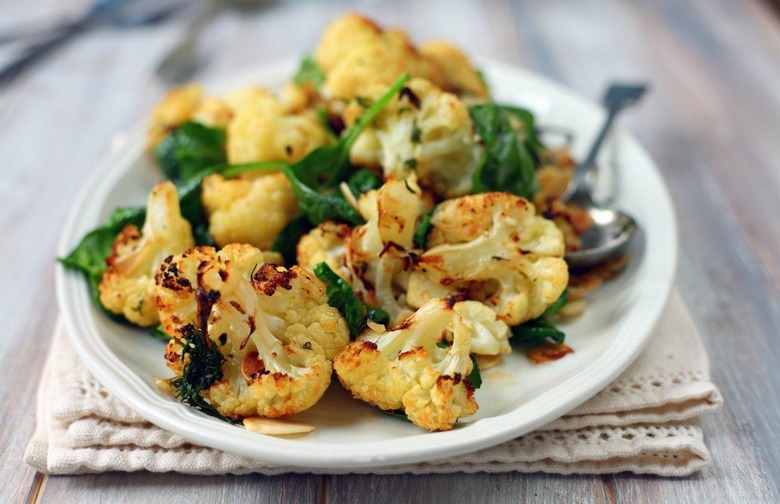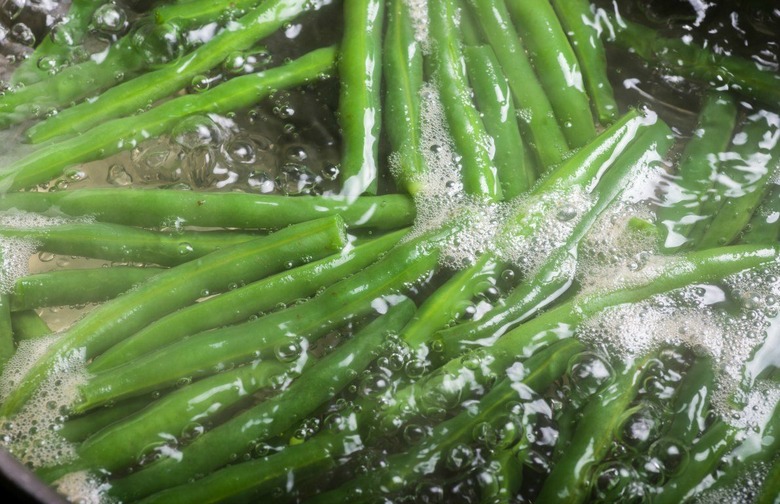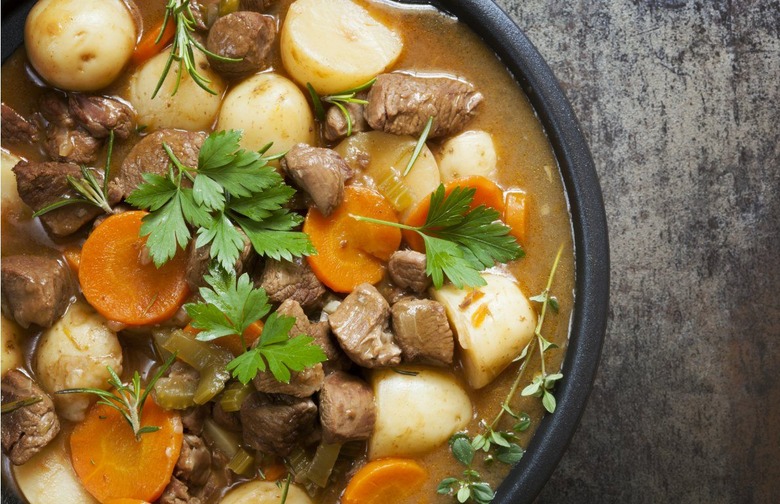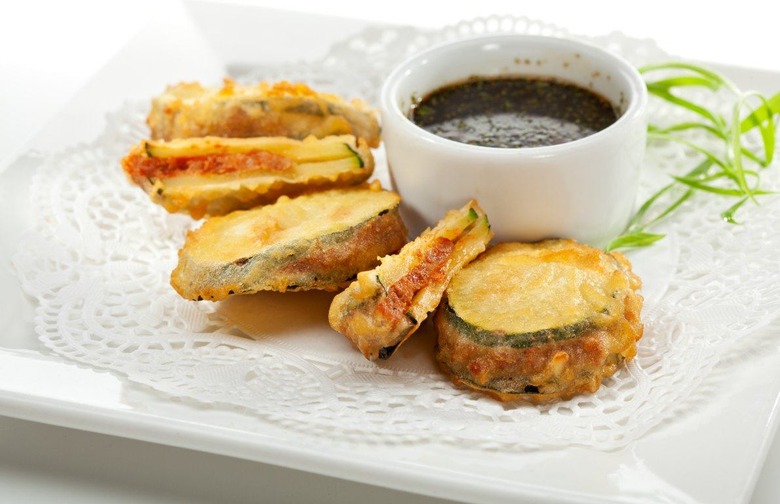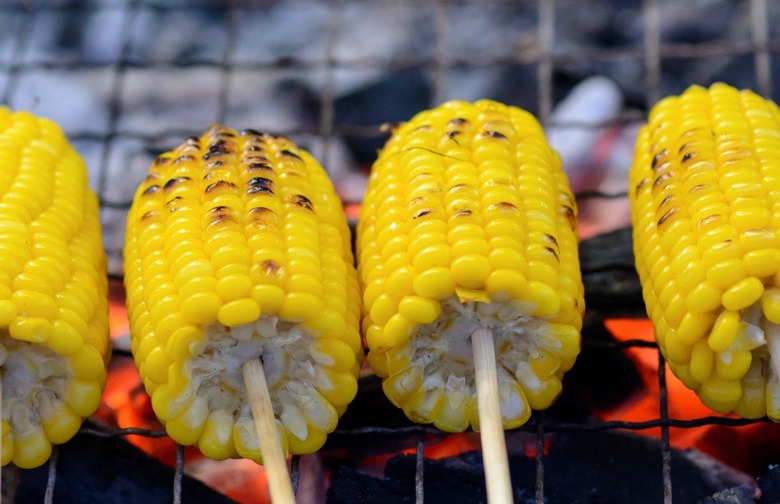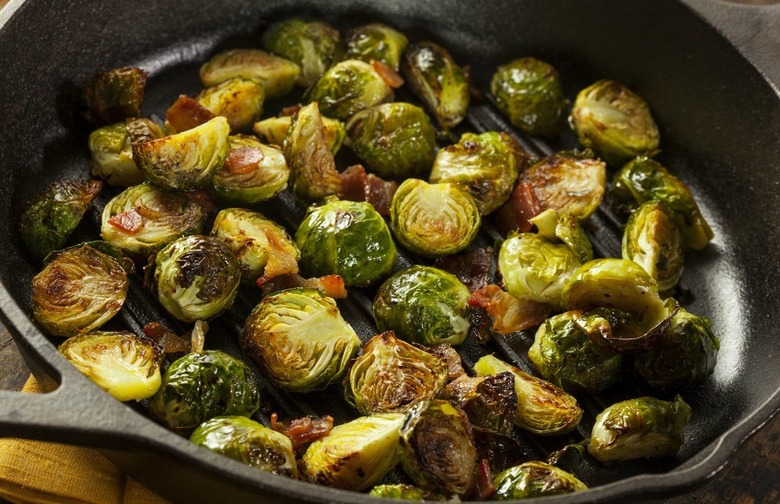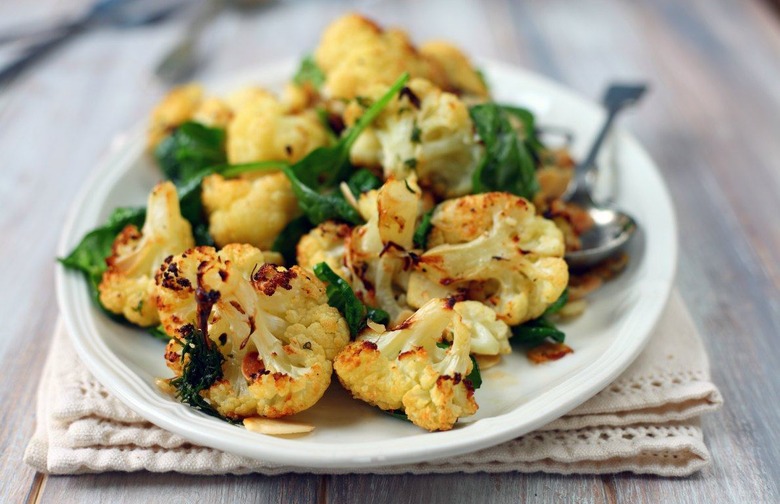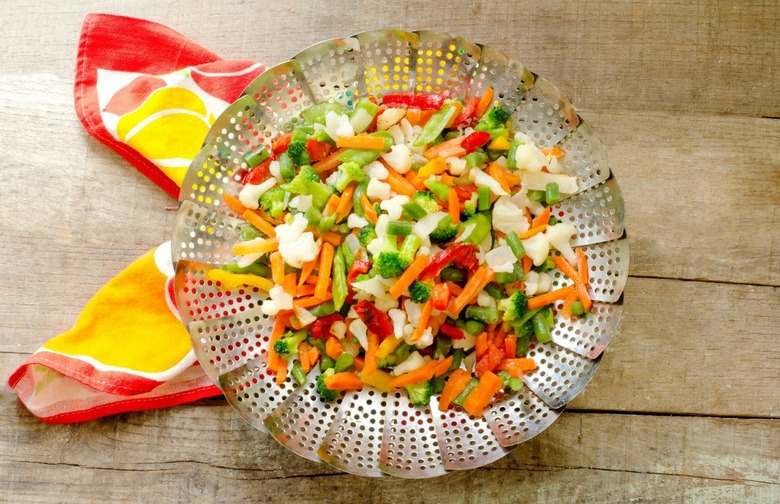How To Cook Vegetables Every Way
If you want to eat (and enjoy) vegetables, you'll have to know how to cook them to perfection.
Boiling
The trick to cooking vegetables in water is not to overcook them or leach their flavor. For best results, don't cut vegetables into small pieces (every cut surface is an opportunity for flavor to escape) — and cook them for less than 10 minutes in a large volume of salted water.
Top picks for boiling: Corn, green beans, peas, and potatoes
Braising and Stewing
Much like boiling, braising and stewing can easily lead to overcooked vegetables. If you're planning to cook vegetables this way, remove the vegetables from the cooking liquid once they are fully cooked and then add them back into the dish when you're ready to serve it. Or, simply add fresh vegetables during the last minutes of cooking.
Top picks for braising and stewing: Carrots, hardy greens, and potatoes
Deep-Frying
The key to deep-frying vegetables is knowing what temperature to fry them at. If you're frying small pieces of a quick-cooking vegetable (like____), use oil in the range of 350 to 275 degrees. If your pieces are larger (or the vegetables will take longer to cook through), you'll need a lower oil temperature so that the outside doesn't brown too quickly — try 325 to 340 degrees. These rules apply to vegetables that have been battered or breaded, as well.
Top picks for deep-frying: Broccoli, batter-dipped green beans, potatoes, and breaded zucchini
Grilling
Cooking vegetables directly on a grill chars them slightly and adds tons of delicious, smoky flavor. Whether you're grilling outdoors or on an indoor grill pan, it's best to coat the vegetables lightly in oil and brown them over the hottest part of the grill. Then, move them to a moderately hot place to finish cooking through.
Top picks for grilling: Asparagus, corn, eggplant, and mushrooms
Pan-Cooking
"Pan-cooking" is a wide category; it includes everything from sautéing to wilting. In general, vegetables that are cooked in a pan are cooked in a fat like oil or butter, and will have varying cook times. Always watch the vegetables and test them for doneness (by tasting them or poking them with a paring knife) throughout the process — leafy greens will wilt in a matter of minutes and stir-fried vegetables are done very quickly. In contrast, those that are sautéed or sweated, for example, can take much longer to reach doneness.
Top picks for pan-cooking: Brussels sprouts, hardy greens, mushrooms, and peppers
Roasting
Roasting vegetables in the oven cooks them relatively slowly and allows their natural sugars to caramelize, adding sweetness and depth of flavor. Be sure to coat pieces of vegetables lightly in oil before roasting them and the cook them in a shallow pan, stirring them occasionally to ensure even browning. The oven temperature will vary depending on the particular vegetable and piece size, but a range of 400 to 450 degrees is good for most roasting.
Top picks for roasting: Beets, butternut squash, carrots, cauliflower, and sweet potatoes
Steaming
Steaming vegetables is a great way to cook them without sacrificing any flavor. Just be sure to arrange the vegetables loosely in the steamer basket so that they will cook evenly, and use a tight-fitting lid to trap the steam inside the pot. Moderate heat is best for steaming; it creates a steady supply of water vapor.
Top picks for steaming: Asparagus, broccoli, and peas
